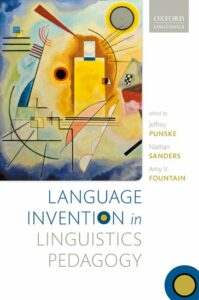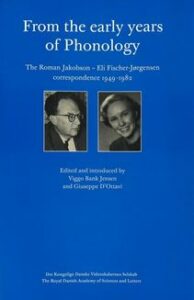Who Understands Comics? Or: How I learned that I don’t draw bad comics, I just read backwards
To my delight and misfortune, I have been making comics since my 2017 Erasmus plus stay at Aarhus University.
I was never very good at drawing, but someone once told me that I was good at making circles, so I stuck with it. When I shared my early comics with my family, I got mixed reactions. In a WhatsApp correspondence, one family member resorted to “wow”, while the other offered their interpretation: “charming illustrations! I suggest not to try to understand the humor. It’s cool that there is a recurring character that repeats throughout. It creates empathy. Even if I do not understand the humor.” 4 years later I was still at it, and sent some more comics to my … ↪









